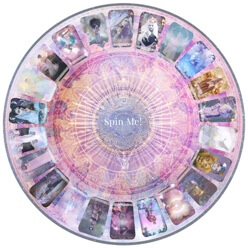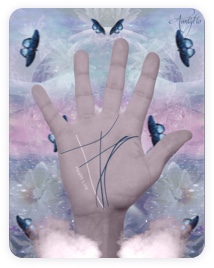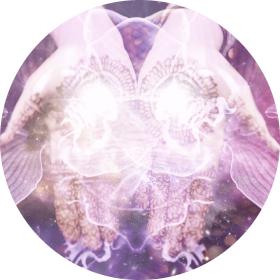Violet

Uncover Hidden Flowers meanings
The ancient Romans aptly give the violet flower a mourning symbol.
They thought of the deep color of the flower as an image of a spilt blood while its soothing scent lent a peaceful connotation. And as a sign of everlasting affection, the Romans also lay a bouquet of violet flower on the graves of their loved ones. They also believe that violets ensure that their dead loved ones will rest in peace.
- Name: Violet
- Color: As the name of the flower suggests, violet or purple is the most common color of the violet flower - but it also comes in the shade of white, yellow and blue.
- Shape: Mostly known for its trumpet-like figure.
- Fact: Violet flowers come in many other names but none is more popular than its moniker “Flower of Modesty” – this is mainly because it hides under its heart-shape leaves.
- Poisonous: Generally known to be non-toxic. In fact, its petals can be eaten. However, some people has exhibited dermatitis or hypersensitivity of the skin and even breathing irregularities when its seeds are eaten in high quantity. High blood pressure, nervousness and stomach upset are also reported as a result of ingestion of the roots.
- Number of Petals: Regardless of the color or specie of violets, it always has five petals.
- Victorian Interpretation: During the Victorian times, sending off a flower is like giving out a message (albeit in a hidden fashion). Depending on the color, the meaning of flowers can greatly vary. Just like the violet flower, it can mean candor but it can also speak of innocence as well. Receiving a violet flower may also mean that you speak like a child - frank but without any malice.
- Blossom Time: It usually blossoms during the month of May and June – but some species can bloom earlier and extend its blooming time till July.
Superstitions:
The medieval times spawned lot of folklore – and the violet flower has its fair share of superstition. Violet flower was believed to have the power to shun away evil spirits. Its leaves are also considered to have healing effects - that’s why it’s often used as anti-septic, salves and even plasters. And because of its healing and protective connotations plus its sweet scent, it also symbolizes love and faithfulness.
According to Roman mythology, it was Venus the made violet flower color blue. One day, Venus asks her son Cupid who is prettier – she or a bunch of girls that are playing gaily. The mischievous Cupid chose the girls over her. In rage, Venus beat up the girls until they turned to blue – then turns them into flowers (the violet flower).

- The Shape: The violet flower is like a proud trumpet ready to blurt out sweet music.
- Petals: As you can observe, most violets have a more pronounce color at the bottom of the petal – which interestingly catches the attention of insects.
- Numerology: The violet flower falls under the numerology of number 11. It exudes the personality of being radical yet sensitive. It is also convey the virtue of idealism and continuously being intuitive.
- Color: Although the famous poem says “violets are blue”, the violet flower is more known for its purple shade. It can also come in blue, white and yellow – but isn’t as common as the violet color in different shades.
Herbalism and Medicine:
The medicinal value of violet flower began as early as the 16th century. Being one of the few plants that have a salicylic acid content, violet flower is one of the major ingredients in the production of aspirin and some species are used as active ingredients in pain reliever pills.
Although it still needs further studies, there is a strong indication that violet flowers can be the “miracle cure” for cancer – especially cancer of the colon, skin and the tongue.
By Florance Saul
Aug 21, 2012







